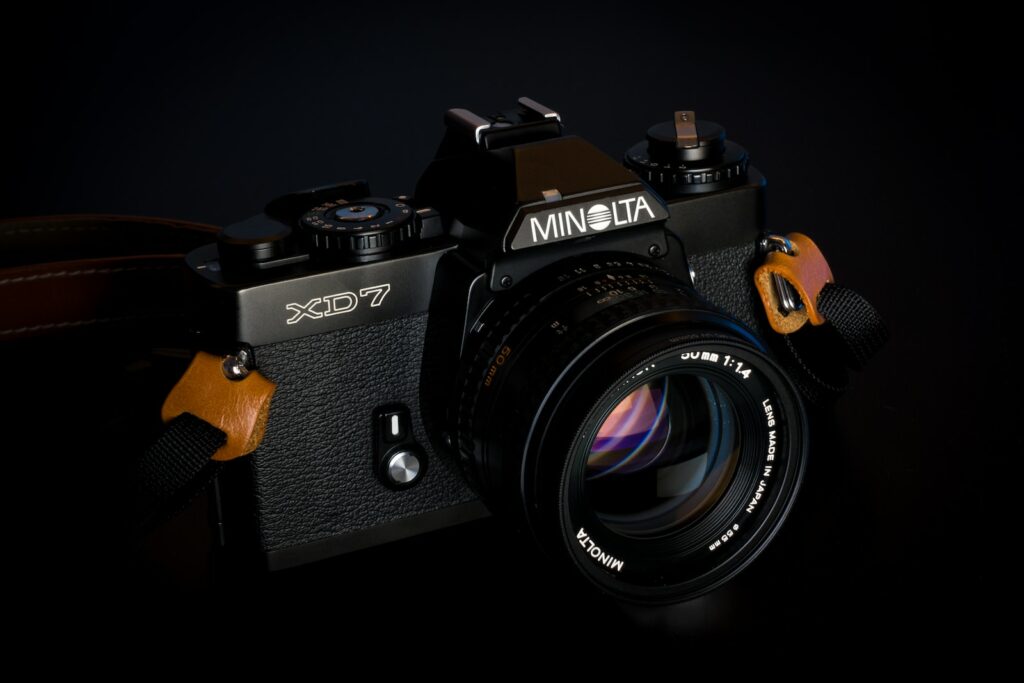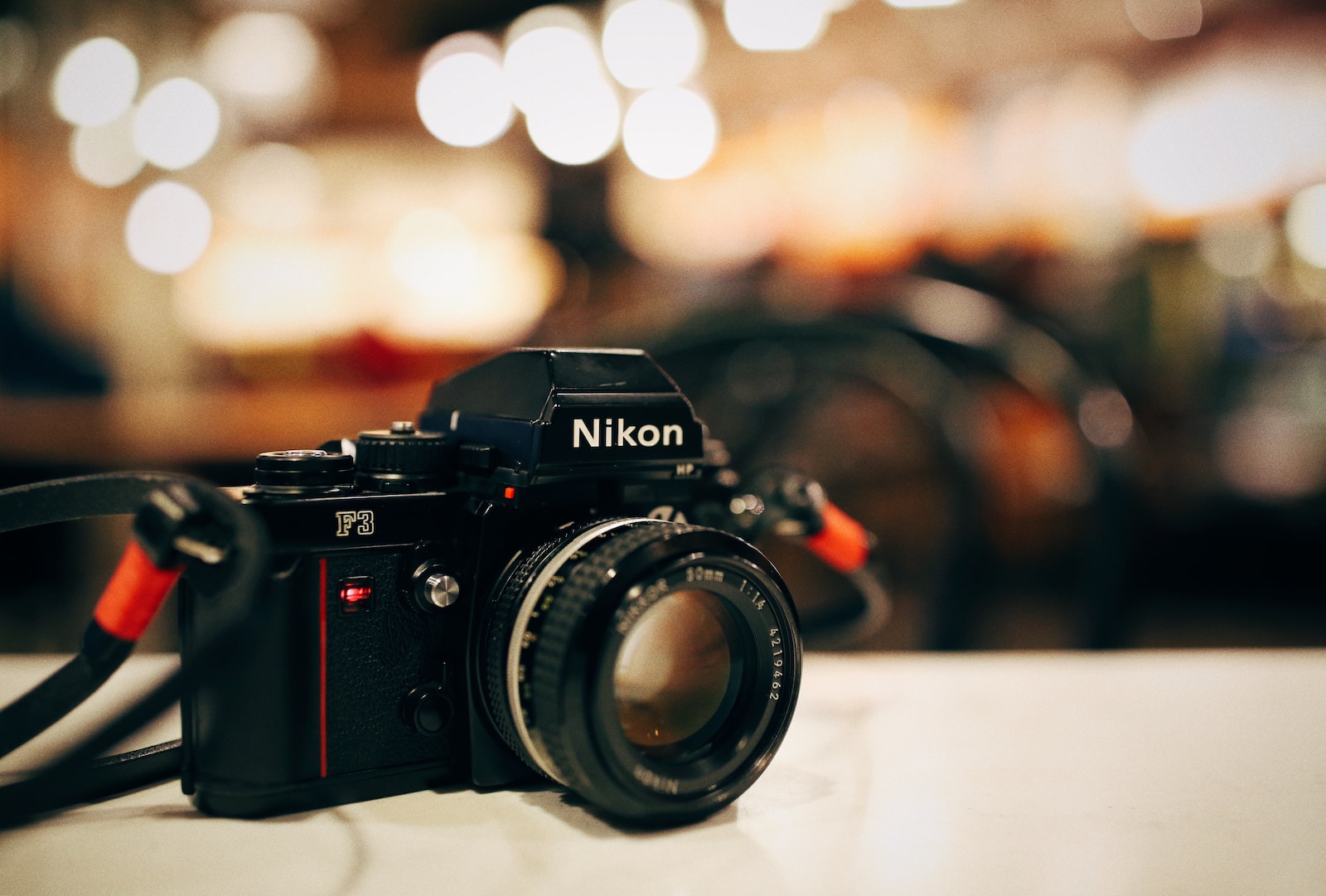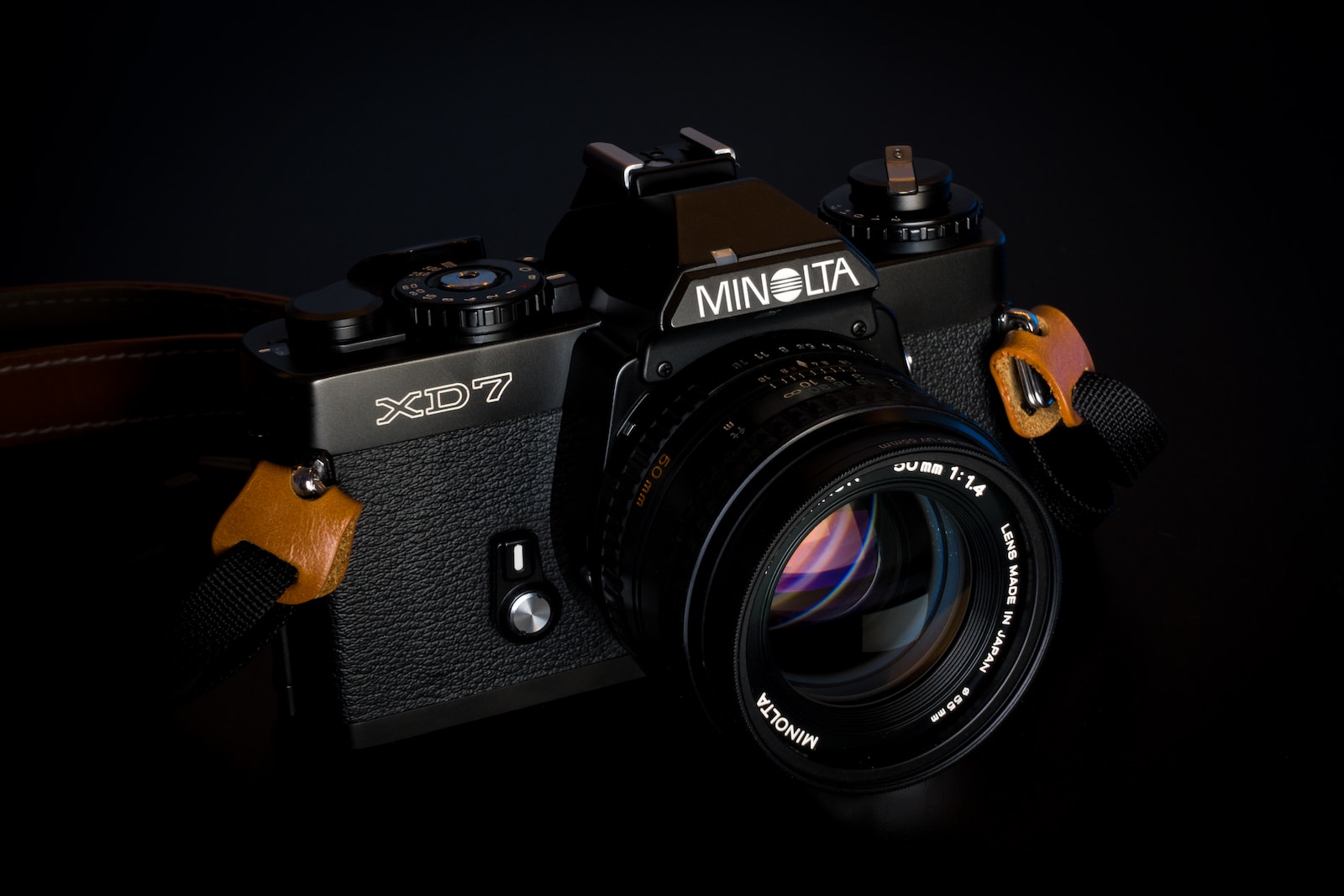Welcome to my blog “Getting to Know Your SLR Film Camera”! Whether you’re a budding photographer or a seasoned enthusiast, this blog will dive deep into the world of SLR film cameras. In this user guide, we will explore the various parts of an SLR camera and understand their functions, helping new users familiarize themselves with their equipment. From lenses and shutters to aperture and exposure, we will uncover the secrets behind capturing stunning photos with these classic cameras. So, let’s embark on this photographic journey together!
Table of Contents
- Anatomy of an SLR Camera
- Final Thoughts
- A How-To Guide: Getting to Know Your SLR Film Camera
- Frequently Asked Questions
- 1. What is an SLR film camera?
- 2. How do I load film into my SLR camera?
- 3. What are the essential parts of an SLR camera?
- 4. How do I focus and adjust exposure on an SLR camera?
- 5. Can I use old lenses with my SLR camera?
- 6. How do I rewind the film after finishing a roll?
- 7. Are SLR film cameras still relevant today?
- 8. Where can I find a user guide for my specific SLR camera model?
- 9. How do I maintain and clean my SLR camera?
- 10. Can I use digital lenses on an SLR film camera?
- Wrap Up
Anatomy of an SLR Camera
An SLR, or Single Lens Reflex, camera is a sophisticated device that combines precision mechanics and optics to create beautiful photographs. Before we dive into the details, let’s take a closer look at the different parts that make up your SLR camera.
The Lens: Your Window to the World
The lens is a crucial component of your SLR camera. It determines the perspective, focal length, and depth of field of your photographs. Understanding the different types of lenses and their applications can greatly enhance your photographic skills.
The Shutter: Capturing Moments in Time
The shutter is the gatekeeper of your SLR camera, allowing light to pass through and expose the film. Mastering the shutter speed settings will enable you to freeze fast-moving subjects or create smooth motion blur effects, adding creativity to your photographs.
Aperture: Controlling the Light
The aperture, represented by the f-number, determines the amount of light that enters your camera. By adjusting the aperture setting, you can control the depth of field and achieve stunning bokeh effects or sharp landscapes.
Focusing: Ensuring Crisp Images
Focusing is the key to capturing sharp and well-defined images. Learn different focusing techniques, such as manual focus and autofocus, to ensure your subjects are in sharp focus, no matter the situation.
Exposure: Balancing Light and Shadows
Understanding exposure is essential for producing well-exposed photographs. By adjusting the exposure settings, such as shutter speed, aperture, and ISO, you can capture images that accurately represent the scene and bring out the desired details.
Film and Film Loading: Embracing Analog Photography
An interesting fact: Did you know that film cameras offer a unique and nostalgic charm to your photographs? Film loading is an art in itself, and understanding the process will help you ensure that your precious rolls of film are loaded correctly for optimal results.
Interesting Fact: Film photography has experienced a resurgence in recent years, with many photographers rediscovering the unique qualities offered by shooting on film.
Troubleshooting and Maintenance: Keeping Your SLR Camera in Top Shape
Like any precision instrument, your SLR camera requires regular maintenance. This section will guide you through troubleshooting common issues and provide essential tips to keep your camera in optimal condition for years to come.
Final Thoughts
With this comprehensive user guide, you are now equipped with the knowledge to unlock the full potential of your SLR film camera. Experiment with different settings, explore creative techniques, and capture the world with a blend of technology and artistry. Remember, practice makes perfect, so grab your camera and start capturing unforgettable moments!
A How-To Guide: Getting to Know Your SLR Film Camera
Welcome to this comprehensive user guide that will help you navigate the world of SLR film cameras. Whether you are a beginner or have some experience, understanding the different parts and functions of your camera is essential to capturing stunning photographs. Let’s dive in!
1. Familiarize Yourself with the Body
The body of an SLR camera houses all the essential components. Starting from the top, you’ll find the viewfinder, which allows you to see through the lens and frame your shot. The shutter release button, located on the top right-hand side, is used to snap the photo. The main control dial, usually on the top right or left, helps you adjust the camera settings, such as shutter speed and aperture.
Transitioning down, you’ll come across the LCD screen, which displays the camera settings, battery life, and other vital information. On the back, you’ll find buttons for playback, menu navigation, and deleting unwanted photos.
2. Interchangeable Lenses
One of the great features of SLR cameras is their ability to interchange lenses. Depending on the type of photography you want to pursue, you can choose from a wide range of lenses, such as wide-angle, telephoto, or macro lenses. Simply twist the lens clockwise to detach it and counter-clockwise to attach a new one. Make sure to align the lens’ white dot with the corresponding dot on the camera body for a secure fit.
3. Mastering Camera Settings
Understanding camera settings is vital for achieving the desired effect in your photos. The aperture setting controls the amount of light that enters the camera through the lens. A wide aperture (small f-number) provides a shallow depth of field, resulting in a blurred background, while a narrow aperture (large f-number) increases the depth of field, keeping most elements in focus.
Shutter speed determines how long the camera’s shutter remains open. A fast shutter speed freezes motion, perfect for capturing fast-moving subjects, while a slow shutter speed creates motion blur, ideal for emphasizing movement or capturing night scenes.
ISO dictates the camera’s sensitivity to light. A low ISO (e.g., 100) is recommended for bright conditions, while a higher ISO (e.g., 800 or above) is suitable for low-light situations. Keep in mind that higher ISO settings may introduce digital noise to your photos.
4. Proper Care and Maintenance
Lastly, taking care of your SLR camera is essential for its longevity and optimal performance. Always store it in a protective bag when not in use to shield it from dust and moisture. Clean the lens using a dedicated lens cleaning solution and a microfiber cloth to remove fingerprints and smudges. It’s also important to regularly check and clean the camera’s sensor to prevent dust particles from appearing in your images.
Now that you are familiar with the different parts and functions of your SLR film camera, grab it, and start experimenting! Practice using different settings and lenses to unleash your creativity and capture breathtaking photos.

Frequently Asked Questions
1. What is an SLR film camera?
An SLR (Single Lens Reflex) film camera is a type of camera that uses a mirror and prism system to allow the photographer to view the scene through the same lens that will capture the image on the film. These cameras offer a wide range of manual controls and interchangeable lenses.
2. How do I load film into my SLR camera?
Each SLR camera may have a slightly different film loading process, but generally, you will need to open the camera back, insert the film cartridge into the film chamber, pull the film across the film gate, and secure it to the take-up spool. Remember to advance the film to the first frame.
3. What are the essential parts of an SLR camera?
An SLR camera consists of several important parts, including the lens, viewfinder, shutter button, film advance lever, film rewind crank, exposure meter, and various dials and buttons for adjusting settings. Understanding the functions of these parts is crucial to operating the camera effectively.
4. How do I focus and adjust exposure on an SLR camera?
To focus your SLR camera, turn the focusing ring on the lens until your subject appears sharp in the viewfinder. Adjusting the exposure involves setting the aperture (measuring the size of the lens opening) and the shutter speed (controlling the duration of light exposure). These settings can be adjusted using the camera’s dials and buttons.
5. Can I use old lenses with my SLR camera?
It depends on the compatibility between the lens mount of your SLR camera and the lenses you have. Some cameras allow for interchangeable lenses from the same manufacturer, while others may require adapters. Make sure to check the compatibility before attaching any lens to your camera.
6. How do I rewind the film after finishing a roll?
To rewind the film, locate the film rewind crank (usually on the top left or right side of the camera) and rotate it in the direction specified by the camera’s instructions. This action will rewind the film back into the cartridge, ensuring it can be safely removed without exposing it to light.
7. Are SLR film cameras still relevant today?
Absolutely! While digital photography has become more popular, many photographers still enjoy the process and unique qualities offered by using film. SLR film cameras provide a hands-on experience and can produce stunning images with their large negative formats and manual control options.
8. Where can I find a user guide for my specific SLR camera model?
Most SLR camera manufacturers provide user guides or manuals for their camera models. These guides can usually be found on the manufacturer’s website or obtained in printed form when purchasing the camera. Online photography forums and communities are also excellent resources for user-generated guides and tips.
9. How do I maintain and clean my SLR camera?
Proper maintenance and cleaning can prolong the lifespan of your SLR camera. Use a soft, lint-free cloth and a cleaning solution specifically designed for camera equipment to clean the lens, camera body, and viewfinder. Keep your camera stored in a cool, dry place when not in use, and handle it with care to avoid damage.
10. Can I use digital lenses on an SLR film camera?
In most cases, digital lenses are not compatible with SLR film cameras due to differences in lens mount and electronic communication between the lens and camera body. However, some manufacturers offer lenses that can work with both digital and film SLR cameras. Check the lens specifications and compatibility before using.
Wrap Up
Now that you’ve familiarized yourself with the different parts of an SLR film camera and their functions, you’re ready to start capturing amazing photos. Remember to always follow the user guide for your specific camera model to make the most out of your photography experience.
We hope this guide has been helpful in getting you started on your SLR film camera journey. If you have any questions or would like to share your own experiences, please leave a comment below. We love to hear from our readers and engage in meaningful discussions about photography. Happy shooting!

